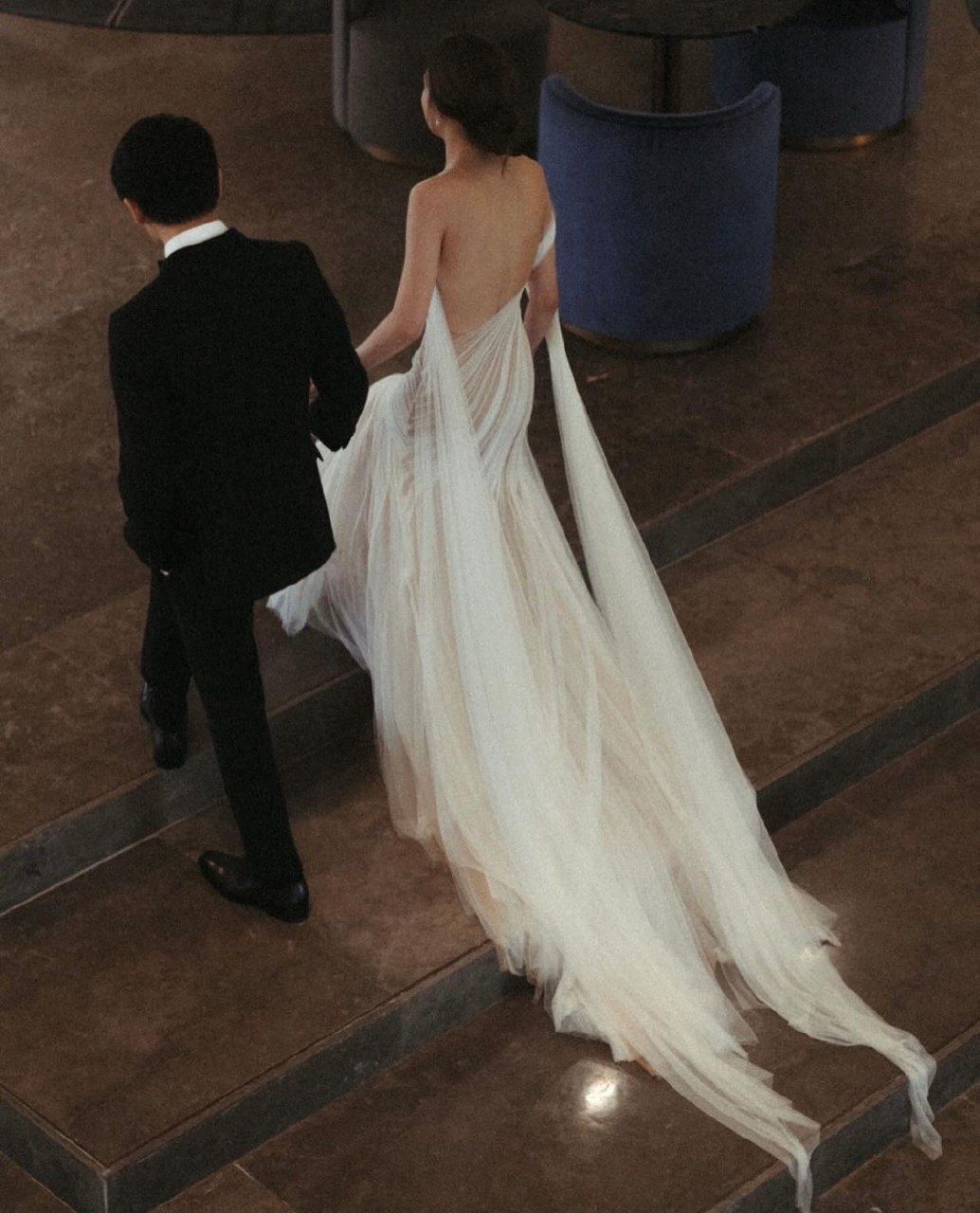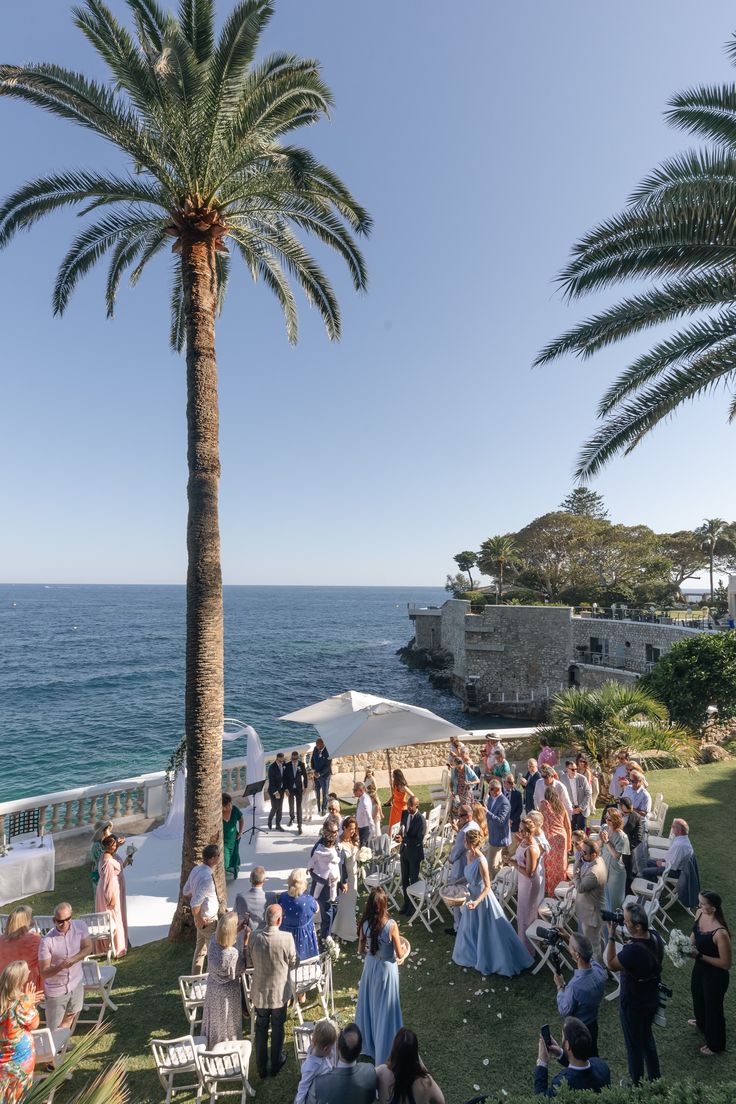French Gourmet Cuisine: Elevating Your Wedding Reception
- Author: Natali Grace Levine
- Reading time: 10 min 53 sec
- Publication date: 07/10/2024
- Updated: 01/14/2025
- Significance of Cuisine in French Culture
- French Gastronomy: A Legacy of Excellence
- Planning Your Wedding Menu: French Culinary Delights
- Wine Pairing: Elevating the Dining Experience
- Local Flavors: Regional Varieties and Specialties
- Incorporating French Cuisine into Your Wedding Reception
- The Wedding Cake: A Symbol of Elegance and Tradition in French Gourmet Cuisine
French cuisine, renowned for its elegance, sophistication, and rich flavors, offers an unparalleled dining experience that can elevate any wedding reception. From the meticulous preparation of dishes using the finest local and seasonal ingredients to the artful presentation that delights both the eyes and the palate, French gourmet cuisine embodies a tradition of culinary excellence. Incorporating these elements into a wedding reception not only provides guests with an unforgettable meal but also infuses the celebration with a touch of French charm and cultural heritage. Whether it's the delicate taste of Foie Gras, the robust flavors of Coq au Vin, or the sweet indulgence of Crème Brûlée, French cuisine ensures that every moment of the dining experience is a celebration of love and refinement.


Find Your Perfect Wedding Vendors
Significance of Cuisine in French Culture
French cuisine holds a profound significance within the fabric of French culture, embodying centuries-old culinary traditions characterized by meticulous preparation and reverence for local ingredients. It transcends mere sustenance, serving as a cornerstone of social gatherings and celebrations. At weddings, French gastronomy symbolizes sophistication and indulgence, offering guests an unparalleled culinary journey. From classic dishes like coq au vin to delicate pastries and artisanal cheeses, each bite tells a story of craftsmanship and passion. French cuisine not only enhances the dining experience but also adds an element of elegance and tradition to joyous celebrations, making it an integral part of wedding festivities.
French gourmet cuisine transforms a wedding reception into an extraordinary gastronomic experience, where every dish is meticulously curated to showcase the finest local ingredients and seasonal flavors. From the first appetizer to the final dessert, each course reflects the artistry and precision of French culinary techniques. The presentation of these dishes is as exquisite as their taste, combining visual elegance with gastronomic delight. Guests are treated to a sensory journey, exploring a diverse palette of flavors and textures that harmonize beautifully. French cuisine at weddings not only satisfies the palate but also elevates the overall ambiance, creating unforgettable moments of indulgence and celebration.


French Gastronomy: A Legacy of Excellence
French gastronomy has deep roots dating back to the Middle Ages, evolving through centuries of royal courts, regional influences, and cultural exchanges. The Renaissance period saw the refinement of French culinary techniques and the emergence of influential cookbooks that standardized recipes. During the 17th and 18th centuries, French cuisine flourished under the reign of Louis XIV, where lavish banquets showcased the artistry of French chefs. The French Revolution democratized food culture, leading to the proliferation of bistros and brasseries that popularized French dishes worldwide. By the 20th century, chefs like Auguste Escoffier further codified French culinary techniques, solidifying France's reputation as a global culinary leader. Today, French gastronomy is celebrated for its diversity, sophistication, and emphasis on culinary excellence.
French gourmet cuisine is distinguished by three fundamental elements that contribute to its acclaim worldwide. Firstly, quality ingredients are paramount, with an emphasis on fresh, seasonal produce sourced locally. From tender meats and seafood to aromatic herbs and artisanal cheeses, every ingredient is selected for its flavor and texture. Secondly, culinary techniques in French cuisine are revered for their precision and complexity. Techniques such as sautéing, braising, and sous-vide cooking are mastered to enhance flavors and retain natural goodness. Lastly, presentation is integral to French culinary artistry, where dishes are meticulously arranged to appeal to both the eye and the palate. The visual elegance of each plate complements the harmonious blend of flavors, creating a dining experience that is as aesthetically pleasing as it is delicious. Together, these elements define French gourmet cuisine as a pinnacle of culinary art, renowned for its sophistication, balance, and exquisite taste.
Planning Your Wedding Menu: French Culinary Delights
Selecting a menu that reflects regional specialties and seasonal ingredients is crucial for creating an authentic and memorable dining experience, especially at events like weddings.
Embracing regional specialties allows couples to showcase the unique culinary heritage of the chosen location, whether it's the Provence region with its fragrant lavender fields and Mediterranean influences or the rich culinary traditions of Normandy with its seafood and dairy products. By incorporating these regional specialties, couples not only honor the local culture but also offer guests a taste of the area's distinct flavors and culinary craftsmanship.


Moreover, focusing on seasonal ingredients ensures that dishes are at their peak freshness and flavor. Seasonal produce not only tastes better but also supports local farmers and promotes sustainability. For example, spring might feature dishes highlighting tender asparagus and early strawberries, while autumn could offer hearty meals with pumpkins and wild mushrooms. This approach not only enhances the quality of the food but also allows for greater creativity in menu planning, adapting dishes to the natural rhythm of the seasons.
Incorporating regional and seasonal elements into the wedding menu adds a layer of authenticity and depth to the overall dining experience. It creates a narrative through food, connecting guests to the time and place of the celebration. Guests are more likely to appreciate and remember a menu that reflects the essence of the season and locality, making the event not just a gathering but a culinary journey that enhances the joy and memories of the occasion. Therefore, thoughtful consideration of regional specialties and seasonal ingredients can elevate a wedding reception from a meal to a cultural and sensory experience that resonates with everyone present.
Popular French dishes
Popular French dishes suitable for wedding receptions often highlight the country's culinary sophistication and rich flavors. Classics like Coq au Vin, a savory chicken dish braised with red wine and mushrooms, or Duck à l'Orange, featuring roast duck in a tangy orange sauce, add elegance to the main course. Appetizers such as delicate Foie Gras served as a pâté or Escargot prepared with garlic butter provide a luxurious start to the meal. For desserts, options like Crème Brûlée, with its creamy custard and caramelized sugar top, or the iconic Tarte Tatin, an upside-down caramelized apple tart, offer a sweet conclusion that complements the overall gourmet experience of a French-inspired wedding reception. These dishes not only celebrate French culinary tradition but also delight guests with their depth of flavor and artful presentation, making them perfect for a memorable wedding celebration.


Appetizers
- Foie Gras: A delicacy made from duck or goose liver, often served as a pâté or terrine.
- Escargot: Snails cooked with garlic butter and herbs, served in their shells.
- Quiche Lorraine: A savory tart filled with bacon, cheese, and cream custard.
- Assorted Cheese Platter: Featuring a selection of French cheeses such as Brie, Camembert, and Roquefort, served with fruits and nuts.


Main Courses
- Coq au Vin: Chicken braised with red wine, mushrooms, onions, and bacon.
- Bouillabaisse: A seafood stew originating from Marseille, made with various fish, shellfish, tomatoes, and saffron.
- Duck à l'Orange: Roast duck served with a sweet and tangy orange sauce.
- Boeuf Bourguignon: Beef stewed in red wine with onions, carrots, and mushrooms, flavored with garlic and herbs.
Side Dishes
- Ratatouille: A vegetable stew made with tomatoes, eggplant, zucchini, bell peppers, and herbs.
- Gratin Dauphinois: Sliced potatoes baked with cream, milk, garlic, and cheese until golden and creamy.
Desserts


- Crème Brûlée: A rich custard topped with caramelized sugar.
- Tarte Tatin: Upside-down caramelized apple tart.
- Profiteroles au Chocolat: Cream-filled pastry puffs drizzled with chocolate sauce.
- Mille-Feuille: Layers of puff pastry filled with pastry cream, often topped with icing or powdered sugar.
- Croissant: A flaky, buttery pastry, often enjoyed plain or filled with almond paste or chocolate.
Wine Pairing: Elevating the Dining Experience
In French cuisine, wine holds a place of great significance, enhancing the flavors of dishes and elevating the overall dining experience. The tradition of pairing wine with different courses is deeply rooted in French culinary culture, where the right wine can complement and bring out the best in each dish. For example, a rich red Burgundy pairs beautifully with Coq au Vin, as the wine’s earthy notes harmonize with the braised chicken and mushrooms. A crisp Sauvignon Blanc is an excellent choice for Bouillabaisse, its acidity balancing the rich, saffron-infused seafood stew. For desserts, a sweet Sauternes is the perfect match for Foie Gras, creating a delightful contrast between the wine’s sweetness and the pâté's rich, savory flavors. These thoughtful pairings not only enhance the taste of each course but also create a cohesive and memorable culinary journey for wedding guests.


Additionally, pairing wine with French gourmet dishes adds a layer of sophistication and depth to the wedding reception. For example, a robust Bordeaux complements the richness of Duck Confit, its tannins cutting through the duck's fat and enhancing its savory notes. Similarly, a light, effervescent Champagne can be served with a variety of appetizers, such as Foie Gras or Escargot, its bubbles and acidity providing a refreshing counterbalance to the rich and buttery flavors.
When it comes to desserts, the right wine pairing can elevate the final course to new heights. A sparkling Rosé pairs wonderfully with Macarons, its slight sweetness and fruity notes harmonizing with the delicate flavors of the almond meringue cookies. For a more indulgent option, a glass of late-harvest Riesling can accompany Crème Brûlée, its honeyed sweetness enhancing the creamy custard and caramelized sugar. By thoughtfully selecting wines that complement each course, couples can create a wedding reception that delights the senses and leaves a lasting impression on their guests.

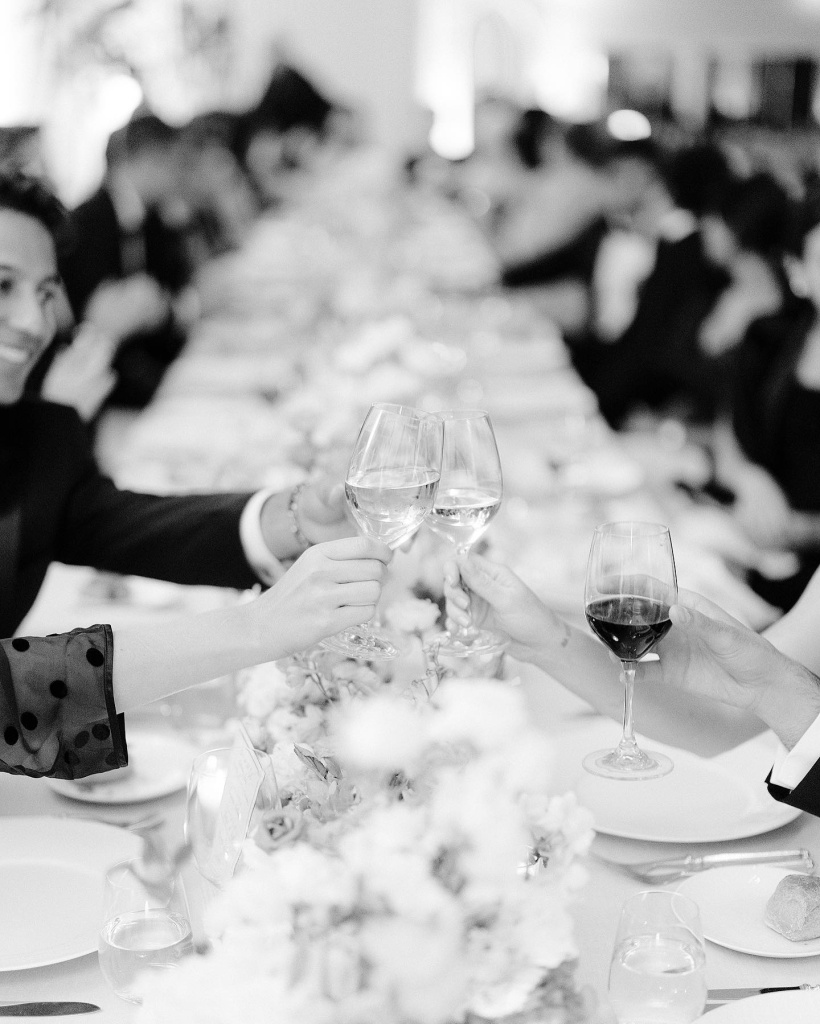
Local Flavors: Regional Varieties and Specialties
Exploring regional cuisines reveals the diverse contributions to French gastronomy, each area offering unique flavors and traditions. In Provence, vibrant dishes incorporate local olive oil, fresh herbs like thyme and rosemary, and Mediterranean seafood. Signature dishes such as Bouillabaisse, a flavorful fish stew, and Ratatouille, a vegetable medley, emphasize fresh, local produce and aromatic herbs. The Provençal use of garlic and tomatoes reflects the sunny, coastal lifestyle. In Normandy, lush pastures and abundant orchards influence the cuisine. Dishes often feature apples, dairy products, and seafood. Classics like Moules à la Normande, mussels cooked with apples and cream, and Tarte Tatin, a caramelized apple tart, exemplify Normandy's unique flavors. The region is also famous for its cheeses, such as Camembert and Pont-l'Évêque, which add a rich, creamy element. Alsace blends French and German influences, creating a distinctive culinary identity.


Dishes like Choucroute Garnie, sauerkraut cooked with sausages and pork, reflect the Germanic heritage. Tarte Flambée, a thin-crust dish topped with crème fraîche, onions, and lardons, is another regional favorite. The use of spices like caraway seeds and juniper berries, along with Alsace's renowned white wines, such as Riesling and Gewürztraminer, further define this border region's unique flavors. These regional specialties enrich French gastronomy and offer a variety of flavors and dishes that can be incorporated into a wedding reception, providing guests with a taste of France's diverse culinary landscape.
Incorporating French Cuisine into Your Wedding Reception
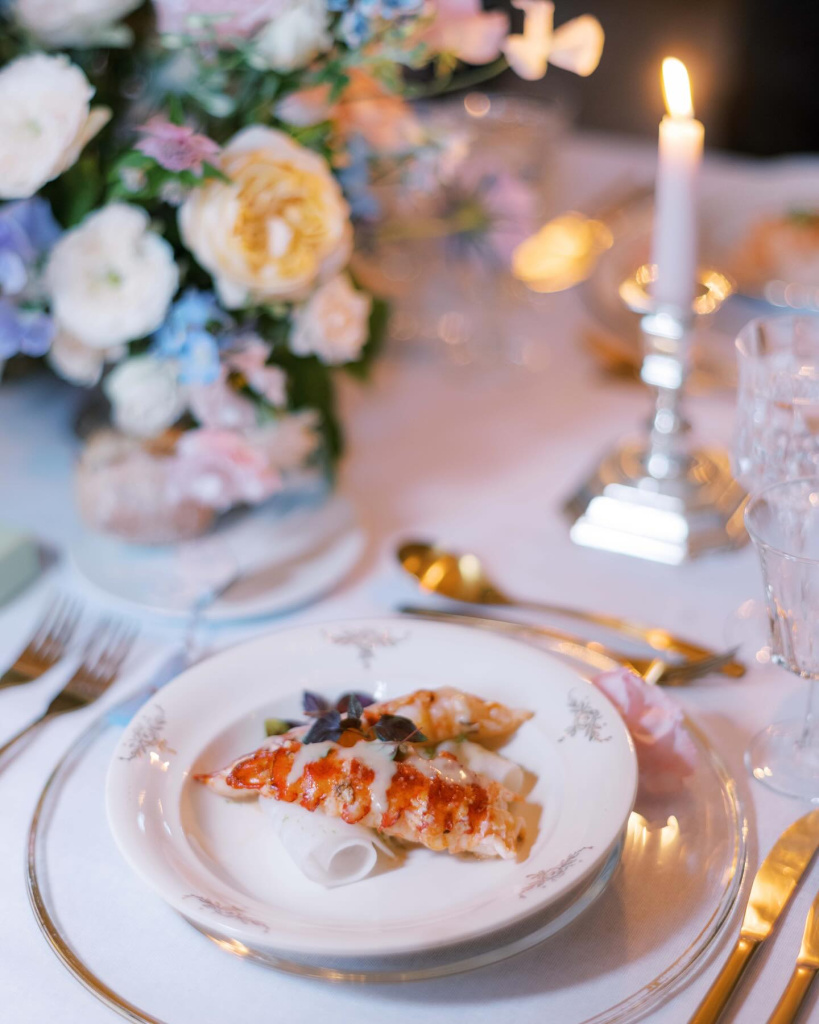

Incorporating French cuisine into your wedding reception can add elegance and sophistication to your special day. Here are some practical tips to help you integrate French culinary elements seamlessly:
- Collaborating with a Local Caterer or Chef Specializing in French Cuisine. Hiring a caterer or chef who specializes in French cuisine is essential to ensure authenticity and quality. Look for professionals with experience in preparing French dishes and who can provide a menu that reflects the rich culinary traditions of France. They can offer valuable insights into seasonal ingredients and regional specialties, ensuring your menu is both authentic and delicious.
- Offering Tasting Sessions to Select the Perfect Menu. Organizing tasting sessions with your caterer or chef is a crucial step in curating the perfect French menu. This allows you to sample different dishes and wine pairings, ensuring each course complements the next. Tasting sessions also provide an opportunity to make adjustments based on your preferences and any dietary restrictions your guests may have. This collaborative process ensures that your menu reflects your tastes and the overall theme of your wedding.
- Incorporating Elements of French Dining Etiquette and Presentation. French dining is renowned for its elegance and attention to detail, both in etiquette and presentation. Consider incorporating these elements into your reception by setting up a beautifully arranged table with fine china, crystal glassware, and elegant flatware. Pay attention to the plating of each dish, ensuring it is not only delicious but also visually appealing. Additionally, consider including traditional French dining customs, such as serving a cheese course before dessert or offering a selection of artisanal breads with each course.
By focusing on these practical aspects, you can create a wedding reception that highlights the exquisite flavors of French cuisine and embodies the elegance and sophistication that French dining is known for. This will provide your guests with a memorable and enchanting culinary experience that enhances the celebration of your special day.
The Wedding Cake: A Symbol of Elegance and Tradition in French Gourmet Cuisine
No French-inspired wedding reception is complete without a stunning wedding cake that embodies the elegance and sophistication of French pastry arts. In France, the wedding cake, or pièce montée, is not just a dessert; it is a grand centerpiece that captures the artistry and celebratory spirit of the occasion. Traditional French wedding cakes like the Croquembouche and modern variations inspired by classic French pâtisserie offer a sweet conclusion to the gourmet experience, leaving guests with a memorable impression of the event.
The Croquembouche


The quintessential French wedding cake, the Croquembouche, is a towering masterpiece made of cream-filled profiteroles bound together with caramel. Often adorned with spun sugar, fresh flowers, or delicate edible decorations, this confection is as much a feast for the eyes as it is for the palate. The Croquembouche's dramatic presentation and the delightful combination of crisp caramel and soft choux pastry make it a fitting symbol of the elegance and joy of a French wedding.
Modern French Wedding Cakes
While the Croquembouche remains a popular choice, many couples opt for modern French wedding cakes that reflect contemporary tastes while honoring traditional French techniques. Multi-tiered cakes featuring layers of delicate sponge cake, mousse, and fruit fillings, often covered in fondant or buttercream and decorated with intricate designs, are increasingly popular. These cakes can be customized to match the wedding’s theme and color palette, making them a personal and stylish addition to the reception.
Incorporating French Pastry Traditions
French pâtisserie offers a wealth of options for incorporating traditional flavors and techniques into the wedding cake. Elements such as almond paste, praline, fresh berries, and fine chocolate can be used to create cakes that are not only beautiful but also rich in taste and texture. Popular flavor combinations include vanilla and raspberry, chocolate and hazelnut, and lemon and elderflower, each offering a delightful balance of sweetness and sophistication.
The Ceremony of Cutting the Cake


The act of cutting the wedding cake is a significant moment in the celebration, symbolizing the couple’s first shared task and their commitment to providing for one another. In a French context, this moment is often accompanied by a toast of Champagne, adding to the sense of festivity and elegance. The sharing of the cake with guests further emphasizes the themes of unity and celebration that are central to the wedding.
By choosing a wedding cake that reflects the rich traditions and exquisite craftsmanship of French pâtisserie, couples can add a touch of culinary artistry to their reception. Whether opting for a traditional Croquembouche or a modern multi-tiered masterpiece, the wedding cake serves as a sweet finale to the gourmet dining experience, leaving a lasting impression of sophistication and joy.
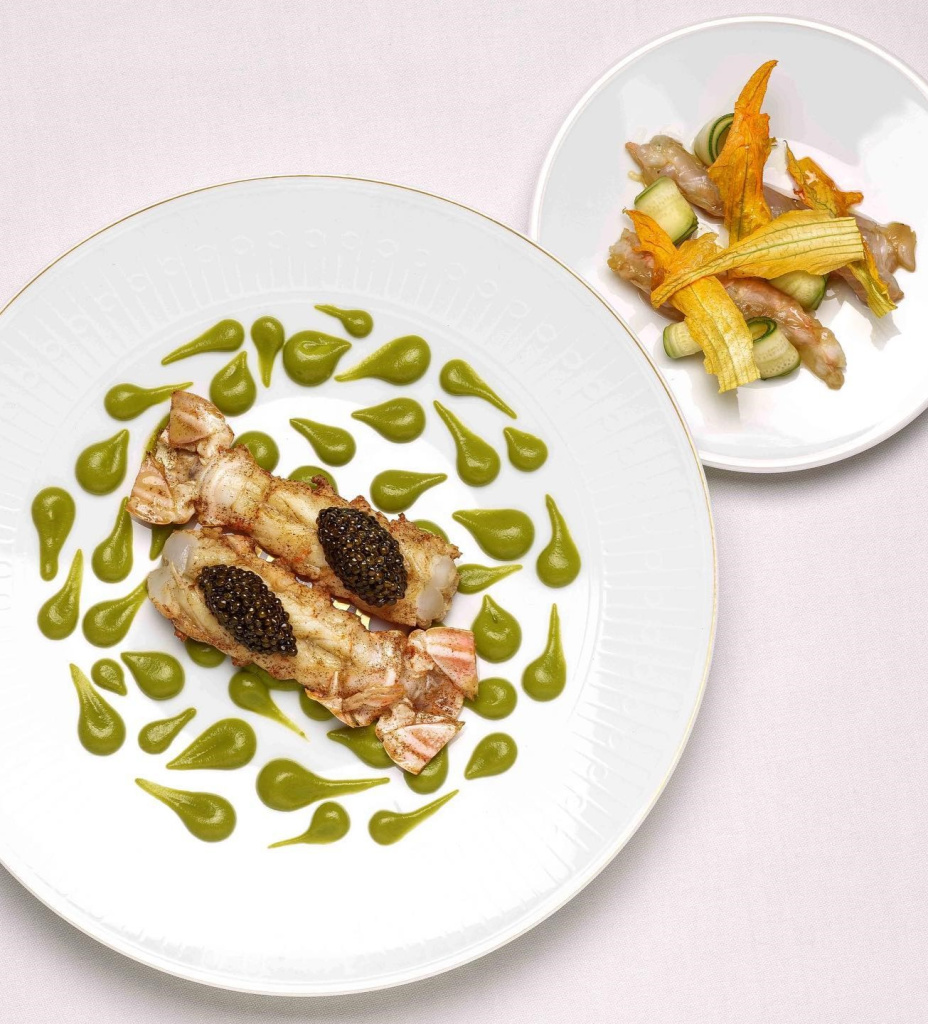

French gourmet cuisine captivates with its exquisite flavors, sophisticated presentation, and rich cultural heritage, transforming any wedding reception into a sensory delight. From delicate appetizers like Foie Gras to comforting main courses such as Coq au Vin and Bouillabaisse, French dishes cater to diverse tastes. The elegance of desserts like Crème Brûlée and Tarte Tatin provides a sweet conclusion. Beyond food, French cuisine adds a sense of celebration, with wine pairings, fresh ingredients, and meticulous presentation enhancing the refined dining experience. These elements create a convivial atmosphere, ensuring the wedding reception is truly unforgettable.
















